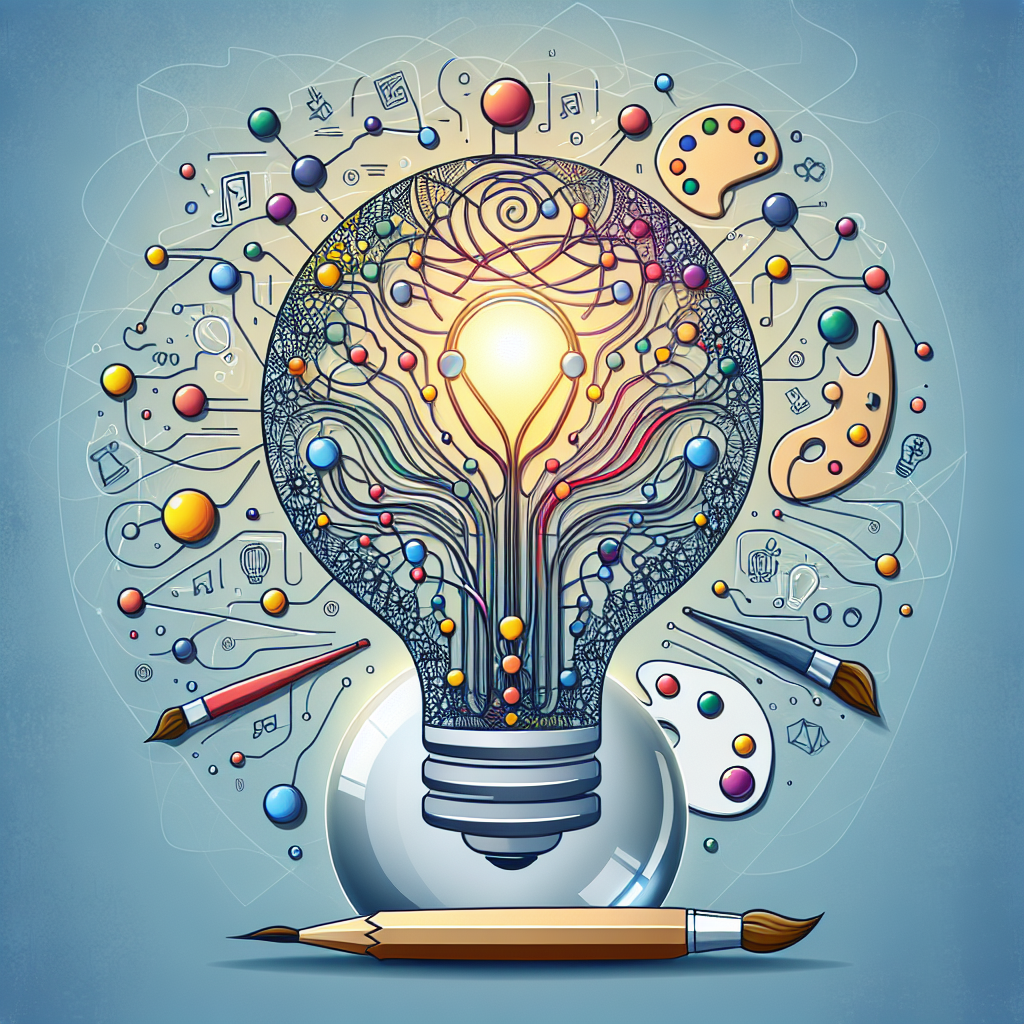AI and Creativity: Embracing the Future of Design
In recent years, the use of artificial intelligence (AI) in various industries has become increasingly prevalent. From healthcare to finance, AI has revolutionized the way we work and live. One area that has seen significant advancements in AI technology is the field of design. AI is now being used to assist designers in creating innovative and unique designs, pushing the boundaries of creativity and changing the way we think about design.
AI and Creativity in Design
Traditionally, the creative process has been seen as a uniquely human endeavor. Artists and designers rely on their intuition, experience, and creativity to come up with new ideas and concepts. However, with the advent of AI technology, the creative process is being redefined. AI is now being used to augment and enhance the creative process, allowing designers to explore new possibilities and push the boundaries of what is possible.
One of the key ways in which AI is being used in design is through generative design. Generative design is a process that uses algorithms to create and explore numerous design options based on a set of parameters and constraints. This allows designers to quickly generate a wide range of design concepts and explore different possibilities in a fraction of the time it would take using traditional methods.
Another way in which AI is being used in design is through the use of machine learning algorithms. These algorithms are trained on vast amounts of data to recognize patterns and trends, allowing designers to gain insights into what designs are likely to be successful. By analyzing data from past designs and user feedback, AI can help designers make more informed decisions and create designs that are more likely to resonate with their target audience.
AI is also being used to automate repetitive tasks in the design process, freeing up designers to focus on more creative and strategic tasks. For example, AI can be used to automatically generate layouts, color palettes, and typography choices, allowing designers to quickly iterate on their designs and explore different options without having to do all the manual work themselves.
Challenges and Opportunities
While AI has the potential to revolutionize the field of design, there are also challenges that need to be addressed. One of the main challenges is ensuring that AI is used in a way that enhances human creativity rather than replacing it. Design is a highly creative and subjective process, and it is important to strike a balance between using AI to assist designers and allowing them to retain their creative autonomy.
Another challenge is ensuring that AI is used ethically and responsibly in the design process. AI algorithms are only as good as the data they are trained on, and there is a risk of bias and discrimination if the data used to train AI models is not diverse and representative. Designers need to be aware of these issues and take steps to ensure that AI is used in a way that is fair and inclusive.
Despite these challenges, there are also numerous opportunities that AI presents for the field of design. AI can help designers work more efficiently, allowing them to quickly generate and explore design concepts and iterate on their ideas. AI can also help designers gain insights into their target audience and create designs that are more likely to be successful. By embracing AI technology, designers can push the boundaries of creativity and create designs that are truly innovative and unique.
FAQs
Q: How is AI being used in design?
A: AI is being used in design in a variety of ways, including generative design, machine learning algorithms, and automation of repetitive tasks. These technologies are helping designers explore new possibilities, gain insights into their target audience, and work more efficiently.
Q: What are the challenges of using AI in design?
A: One of the main challenges of using AI in design is ensuring that it enhances human creativity rather than replacing it. There is also a risk of bias and discrimination if AI algorithms are not trained on diverse and representative data. Designers need to be aware of these challenges and take steps to address them.
Q: What are the opportunities of using AI in design?
A: AI presents numerous opportunities for the field of design, including the ability to work more efficiently, gain insights into the target audience, and create designs that are truly innovative and unique. By embracing AI technology, designers can push the boundaries of creativity and create designs that are more successful.
In conclusion, AI is reshaping the field of design in exciting and innovative ways. By embracing AI technology, designers can push the boundaries of creativity, explore new possibilities, and create designs that are truly unique and innovative. While there are challenges to using AI in design, there are also numerous opportunities that AI presents for the field of design. By understanding these challenges and opportunities, designers can harness the power of AI to create designs that are truly groundbreaking and transformative.

